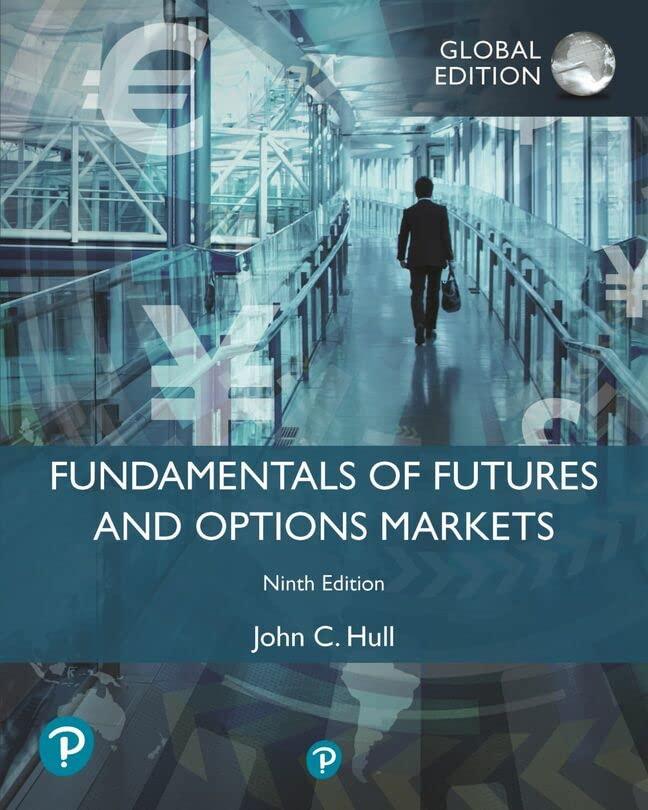Question
Answer each individual question. 1 Company A has a risk percentage of 55% and a return of 14%. Company B has a risk percentage of
Answer each individual question.
1
Company A has a risk percentage of 55% and a return of 14%. Company B has a risk percentage of 3% and a return of 14%. Compute the Coefficient of Variation for each company. Which company is riskier? Why?
2
Your investment has a beginning value of $1,000,000. The expected ending value is $2,100,000. Compute the expected rate of return.
3
Describe the difference between Firm Specific Risk and Market Risk
4
The Risk-Free Rate of Return is 4%. The Market Rate of Return is 10%. The Beta Coefficient is 0.2. Using the Capital Asset Pricing Model, compute the Required Rate of Return.
5.
Your company has 1,000,000 shares of $5 par common stock outstanding. It declares a 5 for 1 stock split. Show the effects of this stock split.
6
Your company has 2,000,000 shares of $0.20 par common stock. It declares a 20 for 1 reverse split. Show the effects of the reverse split
Step by Step Solution
There are 3 Steps involved in it
Step: 1

Get Instant Access to Expert-Tailored Solutions
See step-by-step solutions with expert insights and AI powered tools for academic success
Step: 2

Step: 3

Ace Your Homework with AI
Get the answers you need in no time with our AI-driven, step-by-step assistance
Get Started


